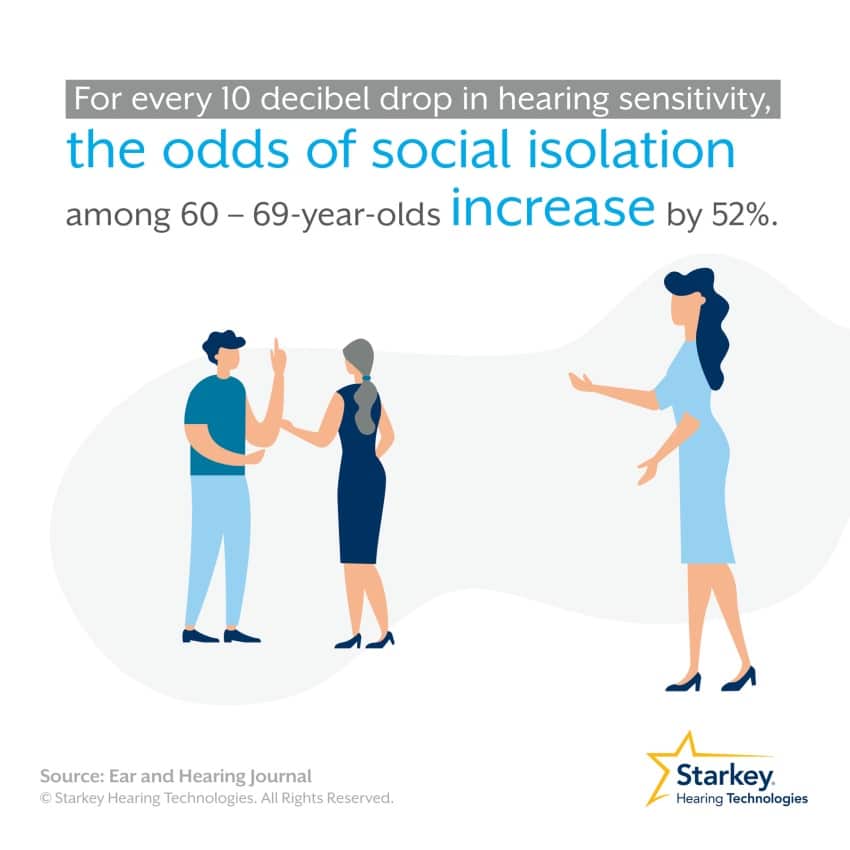Hearing impaired patients commonly express the nerve wracking- experience “waiting for your name to be called at the doctors.”
To those who hear well, this isn’t a big deal. It is very hard to understand what a hearing loss feels or sounds like until you experience it yourself. It is for this reason, close communication partners who have a hearing loss constantly remind us to look at them, to not speak through walls or turn the TV down during a conversation. At home or with friends, you may miss an important date or a new family member’s name. Detrimental? No but frustrating for all. But in a medical situation, this is a huge deal. Waiting for audible information is a real source of anxiety for the hard of hearing in a medical setting.
We often have patients tell us medical professionals often talk into their blood test charts or computer screens instead of facing them, they miss the medication recommendation and are less likely to adhere to management plans as they have failed to fully understand the recommendations of their doctors. Pharmacists often make calls to GPs to confirm patient requests.
On average, 10 mins is the time of a general consultation. But in this short time, they can spend more energy on their communication challenges than discussing the medical presentation. |
So have you considered how to communicate with your deaf patients?
If you need your patient to inhale and exhale without their hearing aids in place have you considered a method that does not require voice?
Have you considered seating arrangements, lighting arrangements to ensure full view of your face to complement audition during communication?
Here are some strategies you can implement in your clinics today:
- Ask about hearing loss/difficulties in new patient questionnaires. Make note of this on file when confirming appointments and for GPs seeing this patient
- Give your patients the instructions with their hearing devices in their ears
- Encourage a close communication partner/family member to attend
- Try to minimise background noise and distance between yourself and the patient
- Confirm they have understood the information- ask them to repeat it back, or ask questions to verify
- Using a tapping method on the shoulder or back to inhale and exhale
- Thumbs up thumbs down for how they are going during a procedure
- Get their attention before speaking
- Speak clearly, slowly, distinctly, but naturally, without shouting or exaggerating mouth movements
When people with hearing loss are anxious, our coping skills often nosedive. There are solutions for most difficult communication environments, but we must learn what they are and put them into practice whenever possible. And just as importantly, all healthcare and other public services should understand the needs of a huge and growing percentage of their patients/clients: people who are deaf or have hearing loss.

